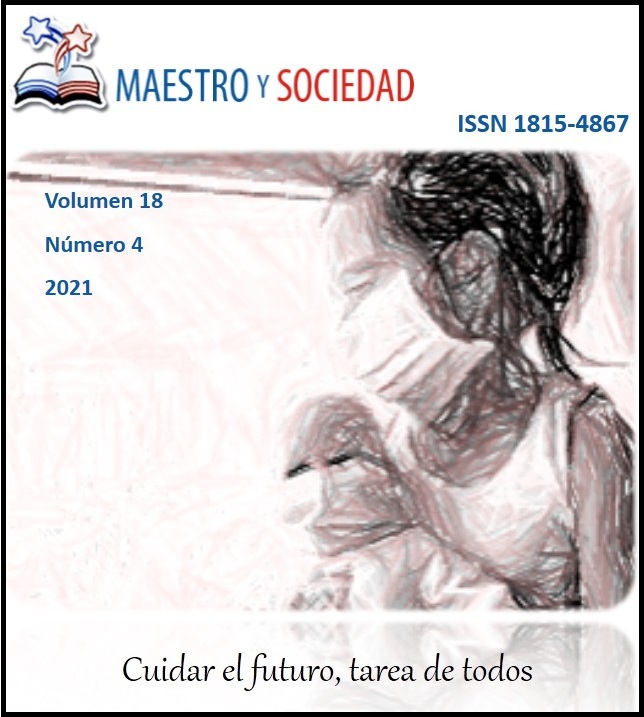Inventory of birds in the riparian forest of the National Intercultural University of the Amazon
Array
Keywords:
Inventory, birds, National Intercultural University of the Amazon, Ucayali, PeruAbstract
The present work was developed at the University campus of the Intercultural National University of the Amazon (INUA) in Ucayali - Peru, during the wet season that corresponds to December 2017. The objective was to determine which ornithological species exist within the environments destined for the future, like a Botanical Garden. The methodology used was to evaluate 31 stations or counting points, within the campus. The results of the first ornithological inventory carried out at the National Intercultural University of the Amazon, show a record of 283 individuals with a total of 54 species, belonging to 22 families and 14 orders, with Cacicus cela being the species with the largest distribution range. The most representative order was the Passeriformes, composed of the families Icteridae, Fringillidae, Furnaridae, Thamnophilidae, Thraupidae, Tyrannidae and Troglodytidae. The most representative family was the Thraupidae, with the species, Ramphocelus carbo, Thraupis episcopus, Thraupis palmarum, Saltator maximus, Sporophila murallae.
References
2. Dallmeier, F., & Alonso, A. (1997). Biodiversity Assessment and Long-term Monitoring in the Lower Urubamba Region. Phase II: San Martin-3 and Cashiriari-2 Well Sites. Smithsonian Institution.
3. Galindo-Leal, C. (1997). Ecotono. Centro para la biología de la conservación. Stanford Press.
4. Gamarra-Toledo, V. (2014). Descripción y análisis de las metodologías para el monitoreo de la avifauna en la Amazonía peruana. BIODIVERSIDAD Ediciones.
5. Isler, P., & Whitney, B. (2001). Song of the birds. Recuperado de https://www.amazon.com/Songs-of-the-Antbirds/dp/B0002PUPX0
6. Madrid, F., & Elias, C. (2017). Avistamiento de aves en el campus de la Universidad Ricardo Palma, Lima, Perú. Biotempo 14(2), 89-99.
7. Muñoz, M., Fierro-Calderón, K., & Rivera-Gutiérrez, H. (2007). Las aves del campus de la Universidad del Valle, una isla verde urbana en Cali, Colombia. Ornitología Colombiana, 5, 5-20.
8. Ralph, C.J., Geupel, G.R., Pyle, P., Martin, T.E., DeSante, D.F., & Milá, B. (1996). Manual de métodos de campo para el monitoreo de aves terrestres. Pacific Southwest Research Station Press
9. Ramírez-Chávez, H.W., Mejía-Egas, O., Tobar-Tosse, H., Muñoz, A., & Trujillo, A. (2010). Biodiversidad en el campus de la Universidad del Cauca, Popayán, Colombia. Ciencias Agropecuarias 8 (2), 104-117.
10. Remsen, J.V., Cadena, C.D., Jaramillo, A., Nores, M., Pacheco, J.F., Péres-Emán, J., et al. (2011). A classification of the bird species of South America. American Ornithologists Union Press.
11. Schulenberg, M. (2000). Voces de las aves Amazónicas: Aves de la selva tropical del sur de Perú y norte de Bolivia, Volumen 2. Recuperado de https://media-natur.com/Schulenberg-Marantz-English-Voices-of-Amazonian-Birds-Birds-of-the-Rain-Forest-of-Southern-Peru-and-Northern-Bolivia-Volume-2-Toucans-Ramphastidae-through-Antbirds-Thamnophilidae.
12. Lane, D., Stotz, D., O’Neil, J., Parker, T., & Schulenberg, T. (2010). Aves de Perú. Ornitología y Biodiversidad, 13, 66-79.
13. Villarreal, H.M., Álvarez, S., Córdoba, F., Escobar, G., Fagua, F., Gast, H., et al. (2006). Manual de métodos para el desarrollo de inventarios de biodiversidad. Impresiones del Instituto de Investigación de Recursos Biológicos Alexander von Humboldt.
Published
How to Cite
Issue
Section
License
This journal provides immediate open access to its content, based on the principle that offering the public free access to research helps a greater global exchange of knowledge. Each author is responsible for the content of each of their articles.



























 Universidad de Oriente
Universidad de Oriente 